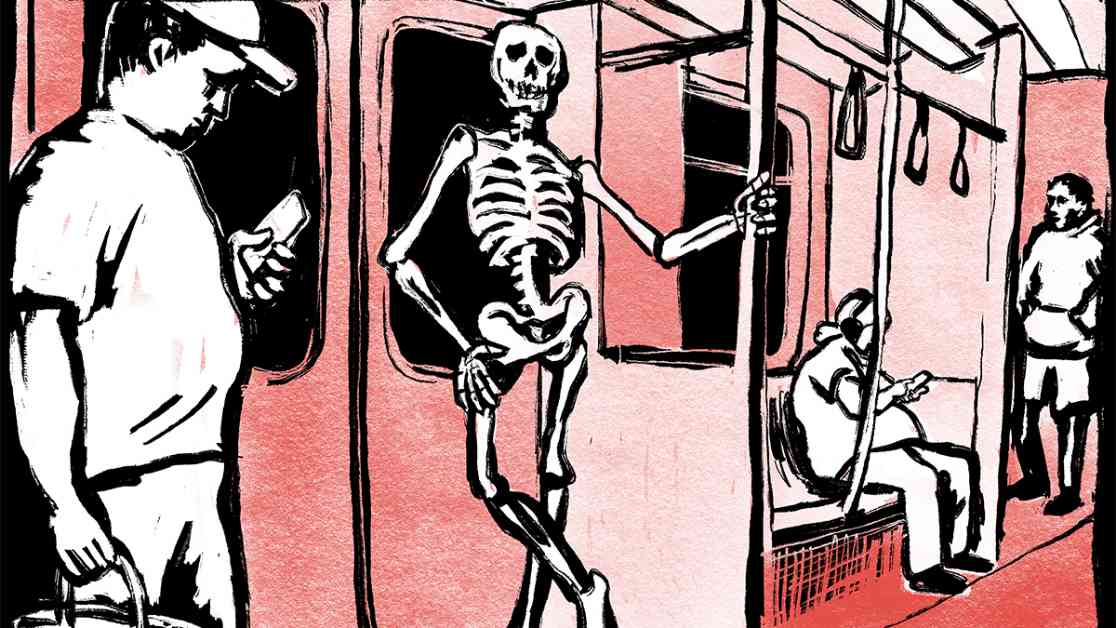I walk through the metal scrapyard in Chicago’s east side on a hot day in October. The sun shines brightly, cyclists speed past, and gulls soar through the sky. In the middle of the scrapyard, I come across a grave with a marker honoring Andreas von Zirngibl, a veteran of the Battle of Waterloo. The grave is shielded by concrete blocks and water tankards, maintained respectfully by Sims Metal Management, the company that owns the land.
As I stand at the grave, I think about the unfairness of the weather to this haunting story. Ghosts may not be real, but bodies are, and Chicago is filled with unexpected resting places. From museums to theaters to parks, the dead linger in unexpected places across the city. The Field Museum alone is the resting place of over four thousand people, with remains ranging from bones to mummies on display.
Chicago’s history is intertwined with forgotten graves and bodies moved for development. The city’s museums are vast graveyards, with remains on exhibit or buried on-site. There are estimated to be 12,000 bodies under Lincoln Park, bodies that were moved but never arrived at new resting places. The stories of these forgotten graves, like the one of Andreas von Zirngibl, shed light on the city’s past.
Andreas von Zirngibl’s story is one of disputed land, squatters, and legal battles. His family fought to keep access to his gravesite, which was surrounded by industrial development. Despite losing the legal battle, the family was granted the right to visit the gravesite, which has seen multiple markers over the years.
130 years later, Andreas von Zirngibl’s grave still stands among the scrap and concrete of the industrial site. The site has passed through various tenants, with markers coming and going. While landmark designation is possible, no one has pursued it due to the lack of a strong case for its historical significance.
Andreas von Zirngibl, the Bavarian fisherman turned war hero and squatter, remains among the ghosts of Chicago. His story, like many others in the city, serves as a reminder of the past and the forgotten graves that dot the landscape. As I leave the scrapyard, I think about the phantoms of time that haunt Chicago, reminding us of who we once were.


